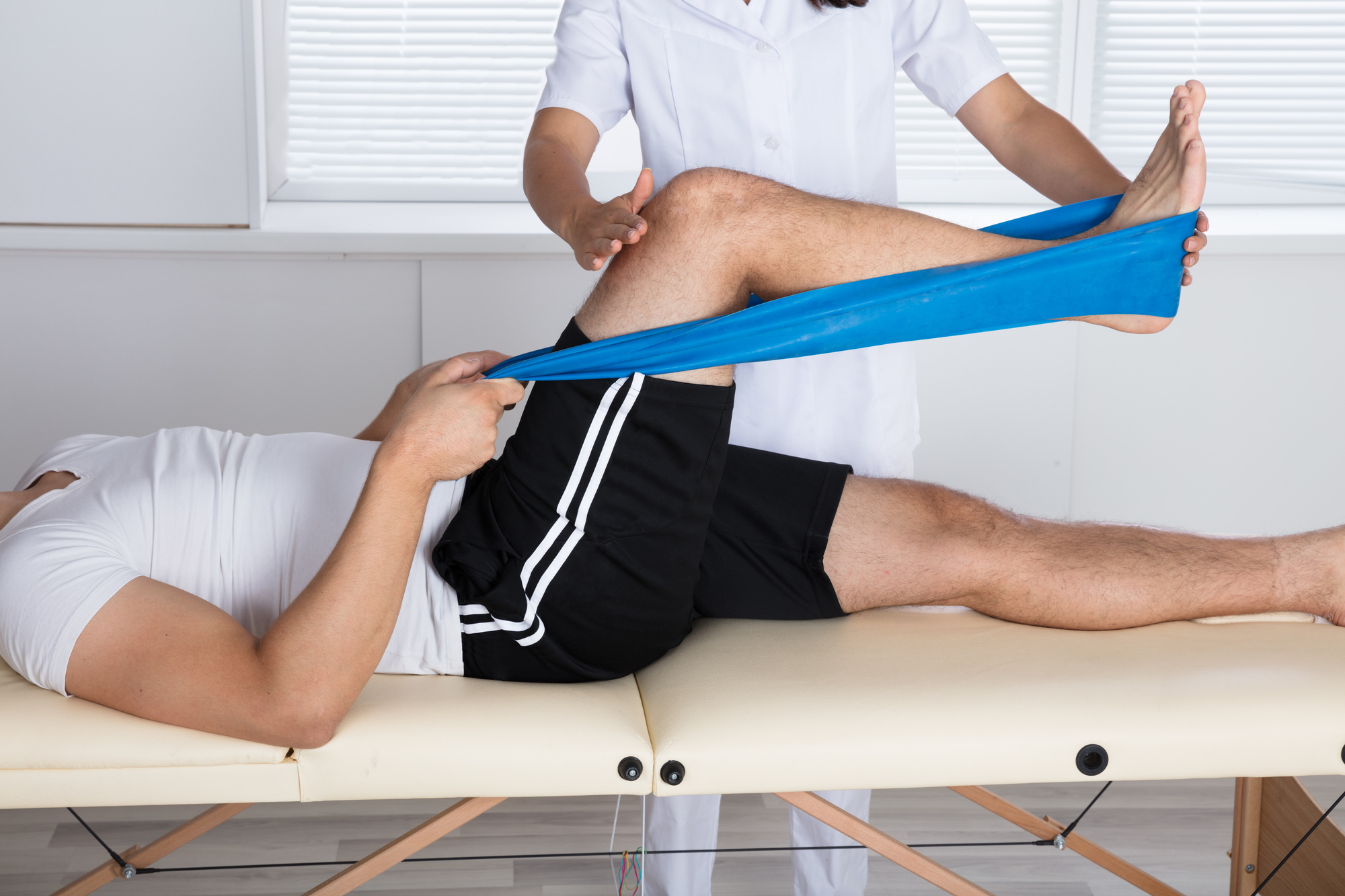
Sudden injuries in sports can happen suddenly and frequently lead to critical issues for players. These injuries can vary from twists and tears to breaks and concussions. To help prevent these injuries, it is essential to implement focused preventive strategies. These strategies concentrate on education, proper training, equipment use, and overall health maintenance. By tackling these important areas, players can considerably lower their risk of experiencing acute injuries while participating in their beloved activities.
One successful approach to reducing the risk of traumas is through instruction. Players, coaches, and parents should be educated about the typical types of traumas associated with specific sports. Comprehending the dynamics of these traumas allows everyone to recognize the signs and signals early. Educational workshops or seminars can assist teach athletes about proper techniques and the importance of preparing up before matches or practices. This knowledge empowers players to take responsibility for their well-being and encourages them to express any concerns about potential injuries.
Another crucial preventive strategy is proper preparation. Players should participate in a comprehensive conditioning program that focuses on building strength, flexibility, and endurance. Strength conditioning assists build the muscles that support joints, lowering the likelihood of injuries. Flexibility exercises, such as stretching, can improve the scope of motion and decrease the chance of muscle tears. Additionally, players should include sport-specific drills that mimic game scenarios, which can help them become more familiar with the actions involved in their selected sport. Trainers play a vital role in designing and executing these training programs to ensure they are secure and efficient.
The use of appropriate equipment is also essential in preventing acute injuries in athletics. Athletes should always wear the appropriate equipment for their specific activity, including helmets, pads, and suitable footwear. For example, gridiron players need helmets to protect against head injuries, while football players require shin guards to protect their legs from collision. It is essential that equipment is fitted properly and is cared for regularly to guarantee it provides the intended safeguarding. Coaches and parents should motivate athletes to take the effort to choose and wear the appropriate equipment to reduce their risk of injury.
In addition to education, preparation, and gear, maintaining overall well-being is crucial for injury avoidance. Athletes should emphasize proper nutrition, hydration, and rest to keep their physical condition in top shape. A balanced diet rich in vitamins and minerals aids support muscle recovery and overall athletic performance. Maintaining hydrated is also crucial, as dehydration can lead to exhaustion and increase the risk of injuries. Lastly, getting enough rest is crucial for recovery and upholding focus during practices and matches. By encouraging good health habits, athletes can improve their performance and reduce their risk of suffering from acute traumas.
In conclusion, minimizing the likelihood of acute injuries in sports requires a comprehensive method that includes awareness, adequate preparation, appropriate gear, and overall health maintenance. By focusing on these targeted preventive strategies, athletes can better safeguard themselves from the risks of traumas. Coaches, parents, and players all have vital roles to fulfill in creating a secure athletics environment. By the original source cooperating together and emphasizing protection, the pleasure of athletics can persist without the interruption of painful injuries.